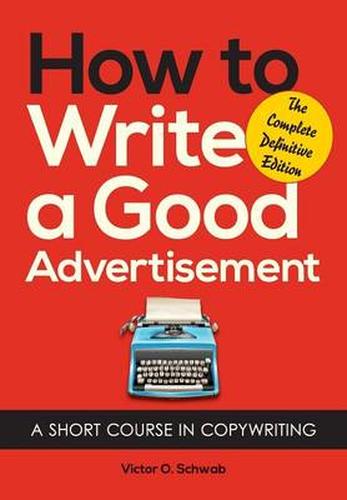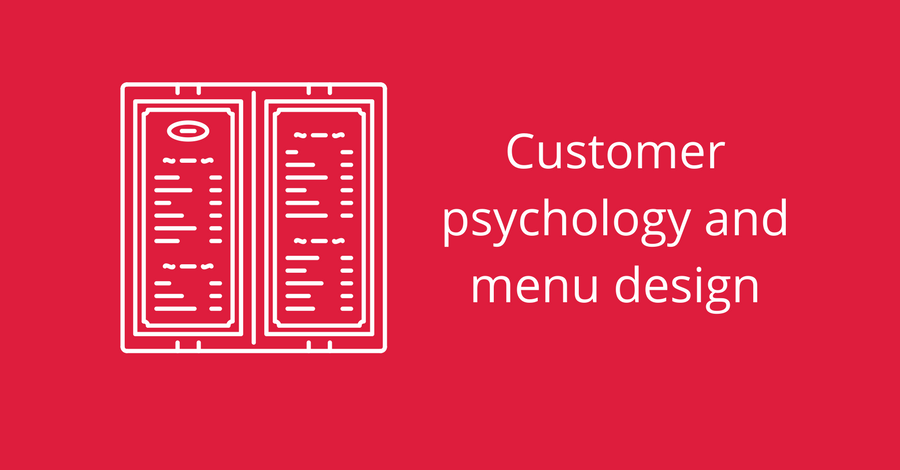The perils of being an entrepreneur
Monday, May 15th, 2017 | Business & Marketing, Life

Starting your own business it tough. Every day you run into problems that seem insurmountable. If I had £1 for every time, I had run into something that made me want to scream “ah, we’re fucked, this entire project is fucked” I would have a very viable business.
At every turn, you discover that you have to constantly raise your game and execute at a higher level. It’s like repeatedly being punched in the gut and told to get up and try harder.
Good audio is hard
Take my video courses, for example. I don’t shoot with cheap stuff. I have a full-frame SLR camera and a Rode shotgun microphone that mounts on the top.
But Udemy rejected my videos. They said there was too much echo on the video. By this point, I had already filmed an entire course. I should have used single-piece flow, as The Lean Startup advocates. But, in my defence, I did this originally, and only came up with the idea of also selling on Udemy later.
Nevertheless, I set about recording the video with a lav mic instead. This too failed. To get the focus correct, I need to monitor it on my laptop. But this sends the laptop fan into overdrive, noise that the lav mic picks up.
Funnels gone wrong
How hard is it sell on the internet? First, try giving your stuff away, and see how hard that is.
The answer is really hard. In March, I launched registration for Worfolk Anxiety’s 30-Day Challenge. A month of free coaching: who could say no? A lot of people, apparently. Initial acquisition costs were £10 per person. People would click the ad, read the entire long-form sales letter about what we were offering, and then leave.
This cost eventually came way down, to the point where it was averaging less than £1 for the entire campaign. I tweaked the copy, and the targeting and we saw better results.
Rejected ads
The problems with the funnel only arrived after I had already faced down one disaster. Having designed the ads, set the targeting and built the landing pages I proudly hit submit on the Facebook ads to turn them on.
And Facebook said “no”.
They don’t allow adverts to do with mental health. The reason is that Facebook knows way too much about you. But they don’t want to admit they have way more data on you than the NSA. So they don’t let advertisers mention it.
All of my beautiful copy using personal and friendly language had to be scraped and replaced by cold and impersonal statements. No wonder my acquisition costs were so high.
I could go elsewhere for the ads, of course. In fact, I tried. I went to Pinterest. But a bug in their software meant that you couldn’t create an audience in the UK.
Failed payments
There was one light at the end of the tunnel: someone went through my sales funnel, clicking on a newsletter ad, signing up, completing the double opt-in, hitting the tripwire page and deciding to take advantage of the hefty discount on my book that I offer new subscribers.
And then the payment failed.
Not just failed but failed silently. None of my error reporting picked anything up. Stripe didn’t pick anything up. The session recordings did not pick anything up.
I had lost my first sale on the project, and I didn’t even know why. I tried it with my own credit card, and it worked fine.
That was a crushing day. Luckily, someone else bought it the next day, and the feeling of making your first sale on any project is ecstasy. It’s amazing.
Sailing the sea of troubles
I picked out a few examples of the “oh shit” moments I’ve had over the past few months. But there have been loads more.
Phoney copyright claims against my YouTube videos, holding them hostage. 40% of people not clicking the double opt-in email. Heroku outages. Facebook custom audiences being filled with incorrect data. Bloggers never answering your emails. Apple refusing to give you a sandbox account to test Apple Pay.
Every day you run into things that stop you in your tracks.
But then you find a way a past them. Or a compromise. Or change strategy. Or just pick yourself up, shrug it off, and find a different way to move forward.
This process has to make you more resilient. It teaches you that all is not lost.

Starting your own business it tough. Every day you run into problems that seem insurmountable. If I had £1 for every time, I had run into something that made me want to scream “ah, we’re fucked, this entire project is fucked” I would have a very viable business.
At every turn, you discover that you have to constantly raise your game and execute at a higher level. It’s like repeatedly being punched in the gut and told to get up and try harder.
Good audio is hard
Take my video courses, for example. I don’t shoot with cheap stuff. I have a full-frame SLR camera and a Rode shotgun microphone that mounts on the top.
But Udemy rejected my videos. They said there was too much echo on the video. By this point, I had already filmed an entire course. I should have used single-piece flow, as The Lean Startup advocates. But, in my defence, I did this originally, and only came up with the idea of also selling on Udemy later.
Nevertheless, I set about recording the video with a lav mic instead. This too failed. To get the focus correct, I need to monitor it on my laptop. But this sends the laptop fan into overdrive, noise that the lav mic picks up.
Funnels gone wrong
How hard is it sell on the internet? First, try giving your stuff away, and see how hard that is.
The answer is really hard. In March, I launched registration for Worfolk Anxiety’s 30-Day Challenge. A month of free coaching: who could say no? A lot of people, apparently. Initial acquisition costs were £10 per person. People would click the ad, read the entire long-form sales letter about what we were offering, and then leave.
This cost eventually came way down, to the point where it was averaging less than £1 for the entire campaign. I tweaked the copy, and the targeting and we saw better results.
Rejected ads
The problems with the funnel only arrived after I had already faced down one disaster. Having designed the ads, set the targeting and built the landing pages I proudly hit submit on the Facebook ads to turn them on.
And Facebook said “no”.
They don’t allow adverts to do with mental health. The reason is that Facebook knows way too much about you. But they don’t want to admit they have way more data on you than the NSA. So they don’t let advertisers mention it.
All of my beautiful copy using personal and friendly language had to be scraped and replaced by cold and impersonal statements. No wonder my acquisition costs were so high.
I could go elsewhere for the ads, of course. In fact, I tried. I went to Pinterest. But a bug in their software meant that you couldn’t create an audience in the UK.
Failed payments
There was one light at the end of the tunnel: someone went through my sales funnel, clicking on a newsletter ad, signing up, completing the double opt-in, hitting the tripwire page and deciding to take advantage of the hefty discount on my book that I offer new subscribers.
And then the payment failed.
Not just failed but failed silently. None of my error reporting picked anything up. Stripe didn’t pick anything up. The session recordings did not pick anything up.
I had lost my first sale on the project, and I didn’t even know why. I tried it with my own credit card, and it worked fine.
That was a crushing day. Luckily, someone else bought it the next day, and the feeling of making your first sale on any project is ecstasy. It’s amazing.
Sailing the sea of troubles
I picked out a few examples of the “oh shit” moments I’ve had over the past few months. But there have been loads more.
Phoney copyright claims against my YouTube videos, holding them hostage. 40% of people not clicking the double opt-in email. Heroku outages. Facebook custom audiences being filled with incorrect data. Bloggers never answering your emails. Apple refusing to give you a sandbox account to test Apple Pay.
Every day you run into things that stop you in your tracks.
But then you find a way a past them. Or a compromise. Or change strategy. Or just pick yourself up, shrug it off, and find a different way to move forward.
This process has to make you more resilient. It teaches you that all is not lost.




